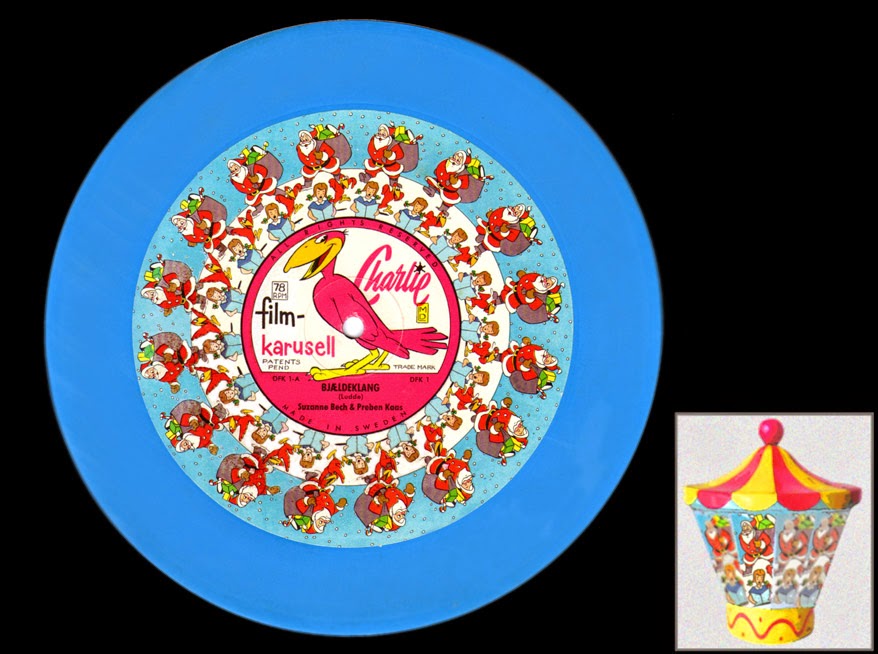15.
FROM "FALLING PLATES" TO BOXES FOR EVERYBODY
Around 1900 every one recognized the shape of a camera.
My father's uncle was very proud of this semi-professional camera for single 12x18 cm glass plates. The combination of parts from Rietzschel, Bausch & Lomb and Rodenstock made his camera outstanding in those days.
Early BOX CAMERAS used glass negatives.
For amateurs cheaper and easier ways of photographing popped up during this time. Sometimes people called them Detective cameras (?). Such an innocent looking little case did not look as the camera above.
The rear of the boxes had a magazine loaded with twelve negative glass plates in thin black sheet metal covers.

Mostly called Falling plates cameras the system seemed to work fine, though is has been designed already in 1890.
Above all it was cheap and handy. Not very sophisticated lenses and small apertures made bright sunshine a necessity.
Amateurs gladly accepted that, as they could take 12 pictures in a row!

The entire camera had to be left to the local photo-shop that sent it over to a laboratory. There the plates got professionally handled in red light when developing the plates.
Paper prints were made and the camera was reloaded and returned with twelve new unexposed negatives.
1 Merkur was one of these popular Magazine cameras from Hüttig in Dresden Germany. It had fix focus and crude small apertures marked 1, 2 and 3. (No standard values)

Here I have tried to show that name again because it meant so much to me. In the 1950's HASSELBLAD was a very well-known camera maker. Little did I know, that this family business had started long before 1900.
This Hasselblad Svea Camera from the early 1900's was a more sophisticated Magazinebox though. New inventions and designs reached the market every year.
Family story:
Arvid Hasselblad was a wholesaler who imported cameras already in 1877. He also started a special branch for selling photo equipment. The Swedish agency for KODAK products also was acquired.
Arvids son Karl was the father of the famous inventor Victor Hasselblad, who made this trademark famous in connection with the first Moon landing 1969. Of course KODAK film was used then.


The Kodak name was registered already in 1885 by George Eastman In USA. It rapidly became the greatest film factory of all. He provided celluloid film for Thomas Edison´s movie experiments. Then a market for film seemed to be a good idea.
Eastman came up with the name KODAK and sold millions of roll-films for still cameras by selling cheap Box-cameras too.

The first attempt Kodak no 1 was no hit, but this one called Kodak no 2 was successful and became the origin of all Box-cameras. It was made in Rochester NY USA about 1900.
A friendly old man gave me this obsolete Box. The odd size of 9 cm films was then no longer obtainable.
Unlike all later Box-cameras, the film was winded horizontally. The rear part had only the covering leather as hinges. Mine are still intact. But many owners meant that they were all to fragile.
A friendly old man gave me this obsolete Box. The odd size of 9 cm films was then no longer obtainable.
Unlike all later Box-cameras, the film was winded horizontally. The rear part had only the covering leather as hinges. Mine are still intact. But many owners meant that they were all to fragile.
The BROWNIE
These early boxes were made of cardboard.
But over the years designs, sizes and materials were improved.
Camera makers all over the world very soon copied this new idea.
Boxes were the most common cameras for the first part of the 20th century.
Camera makers all over the world very soon copied this new idea.
Boxes were the most common cameras for the first part of the 20th century.












































